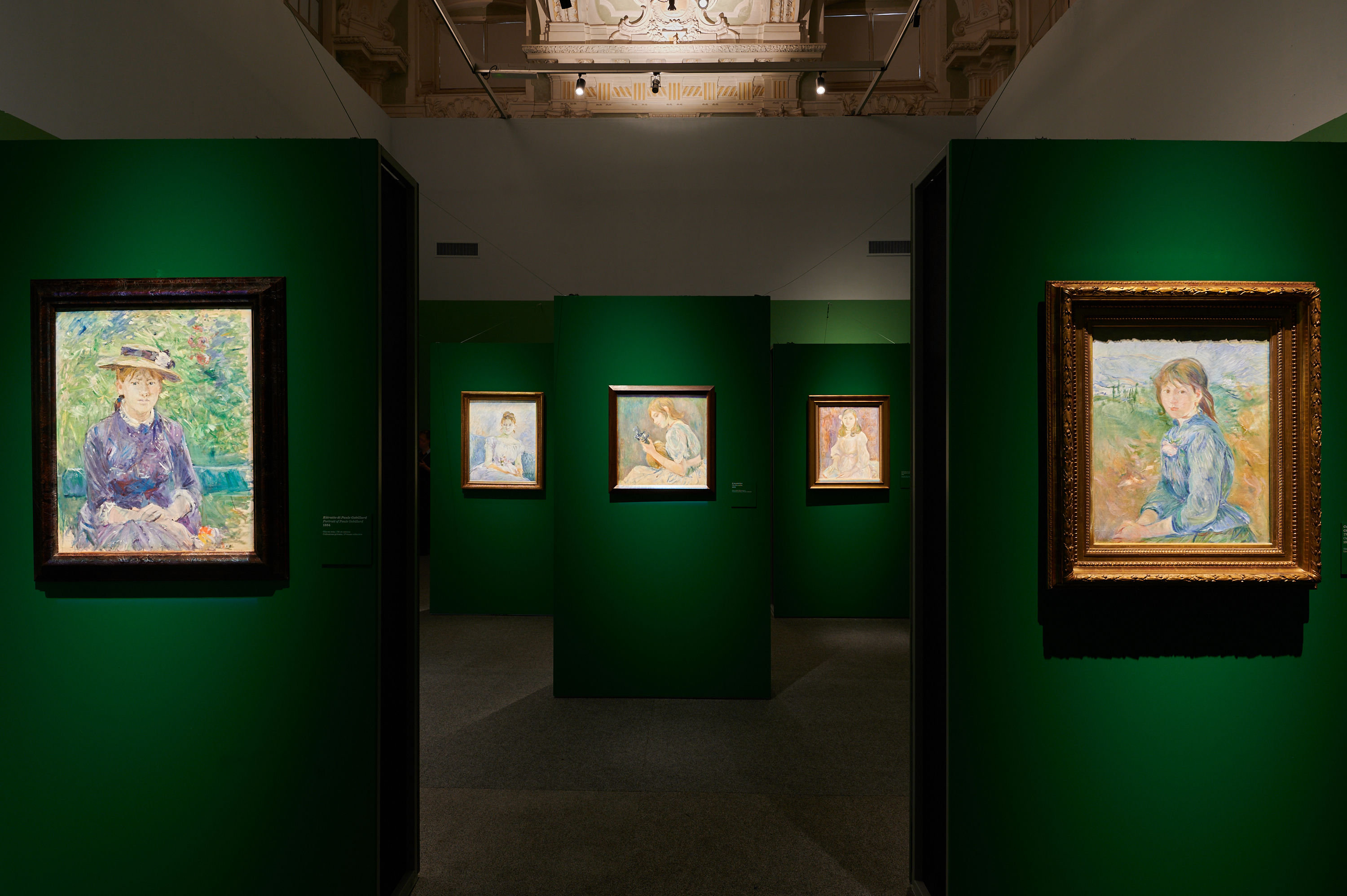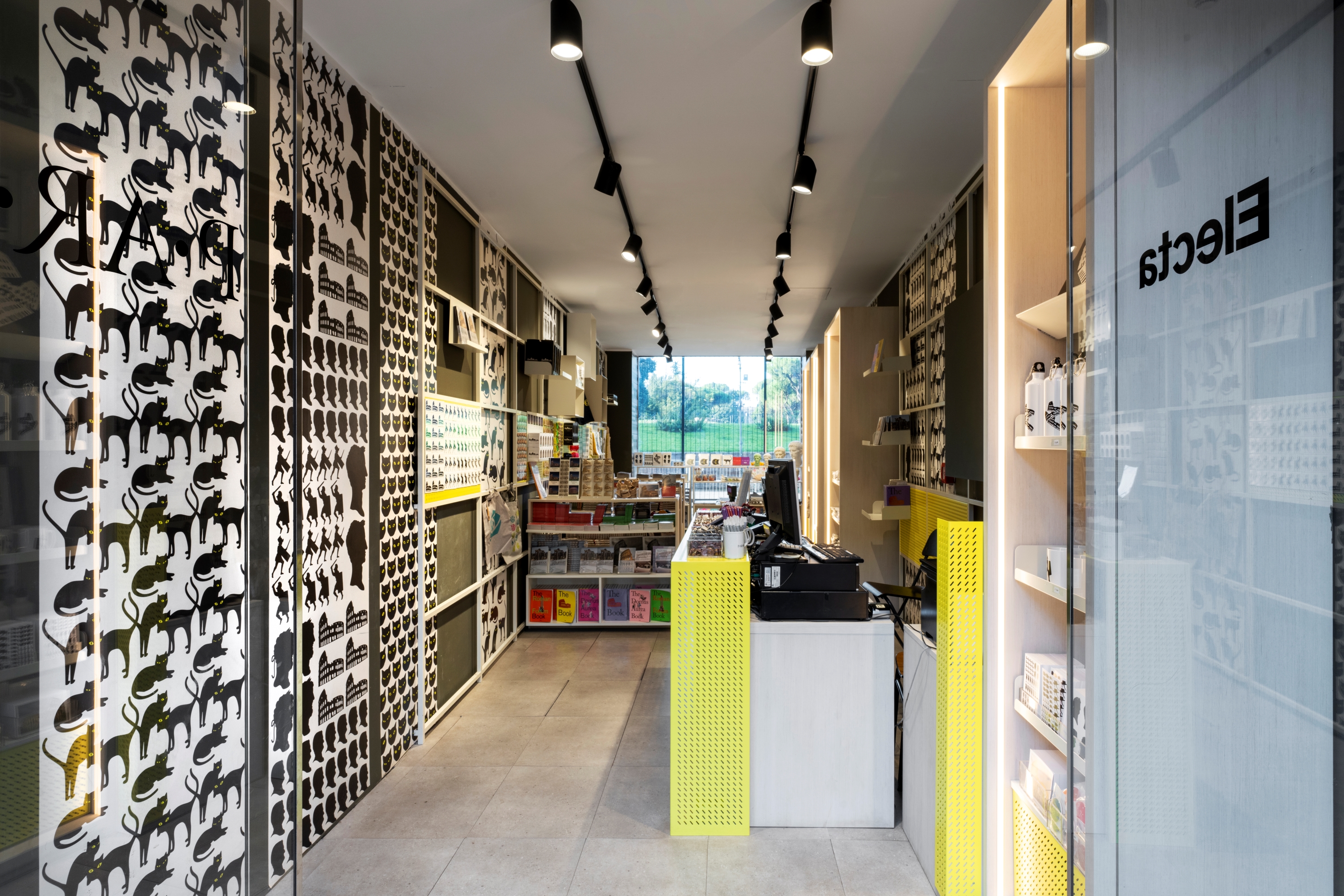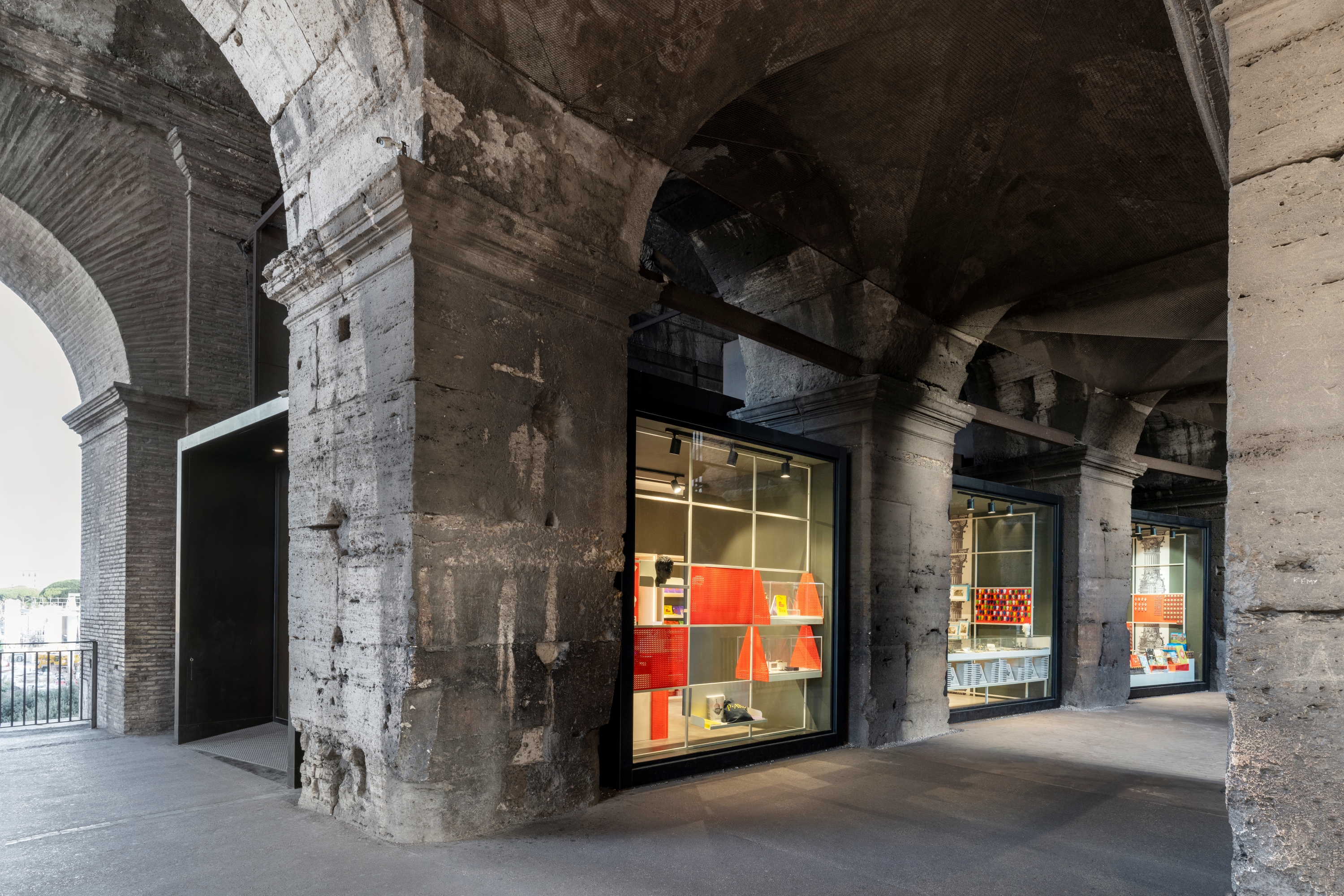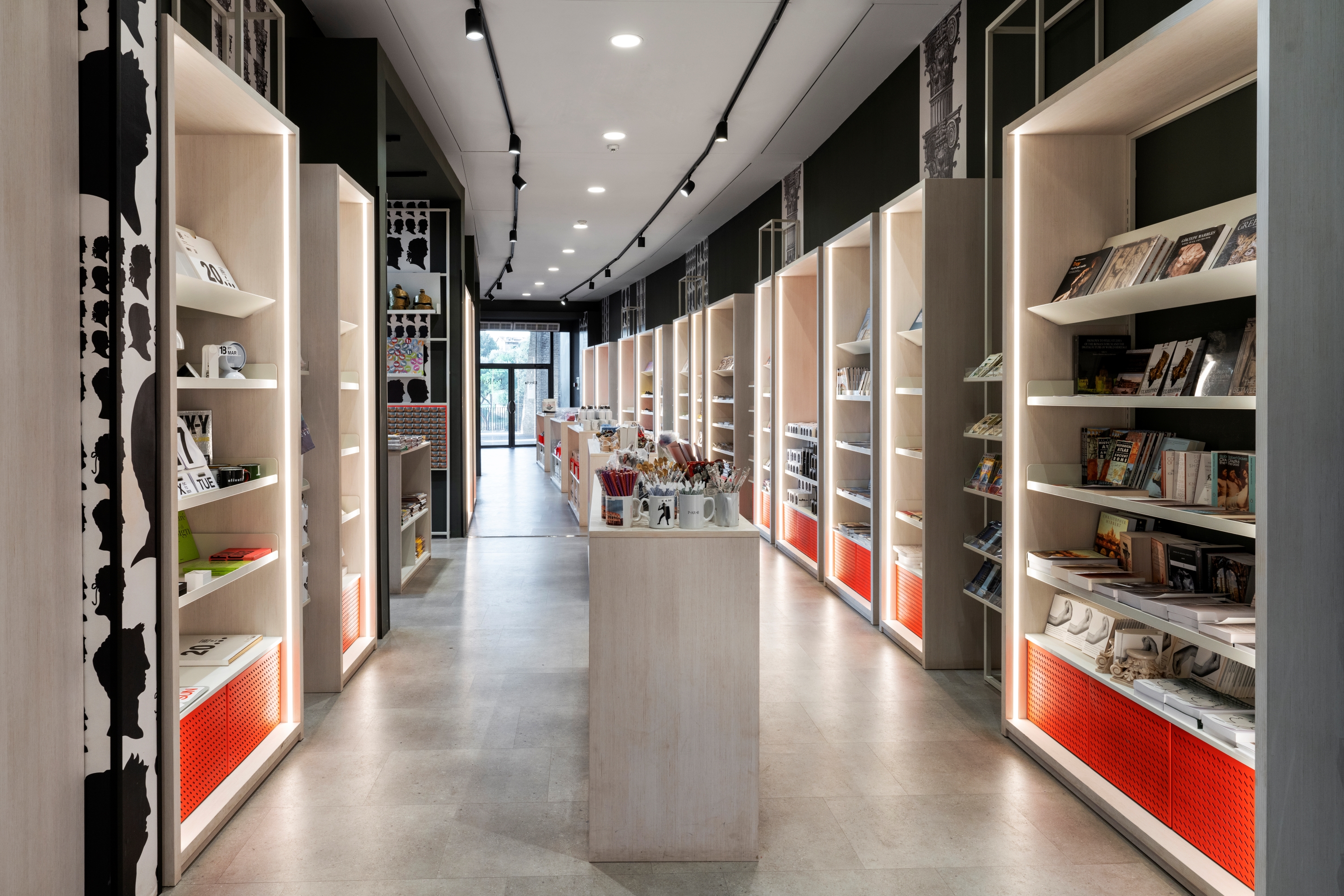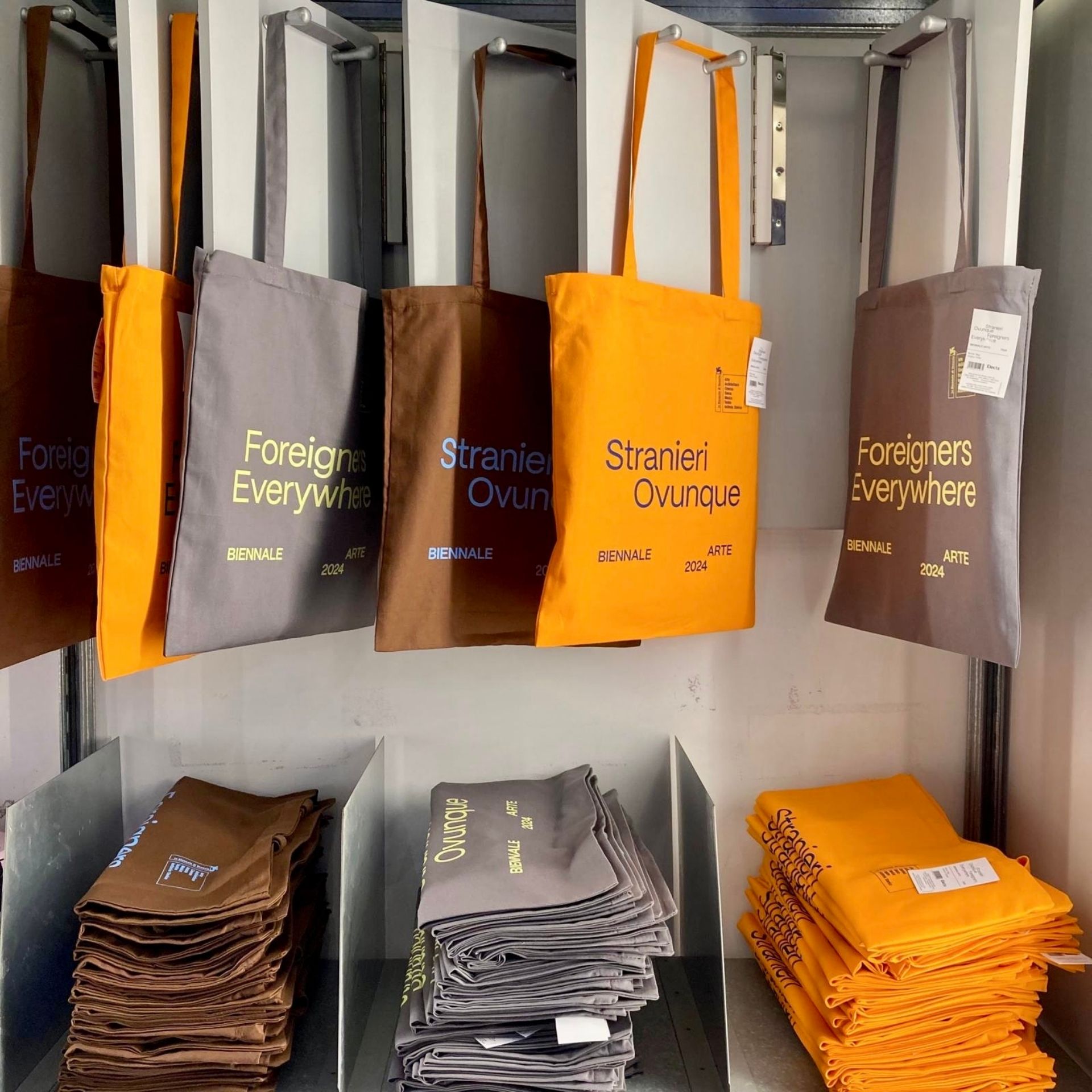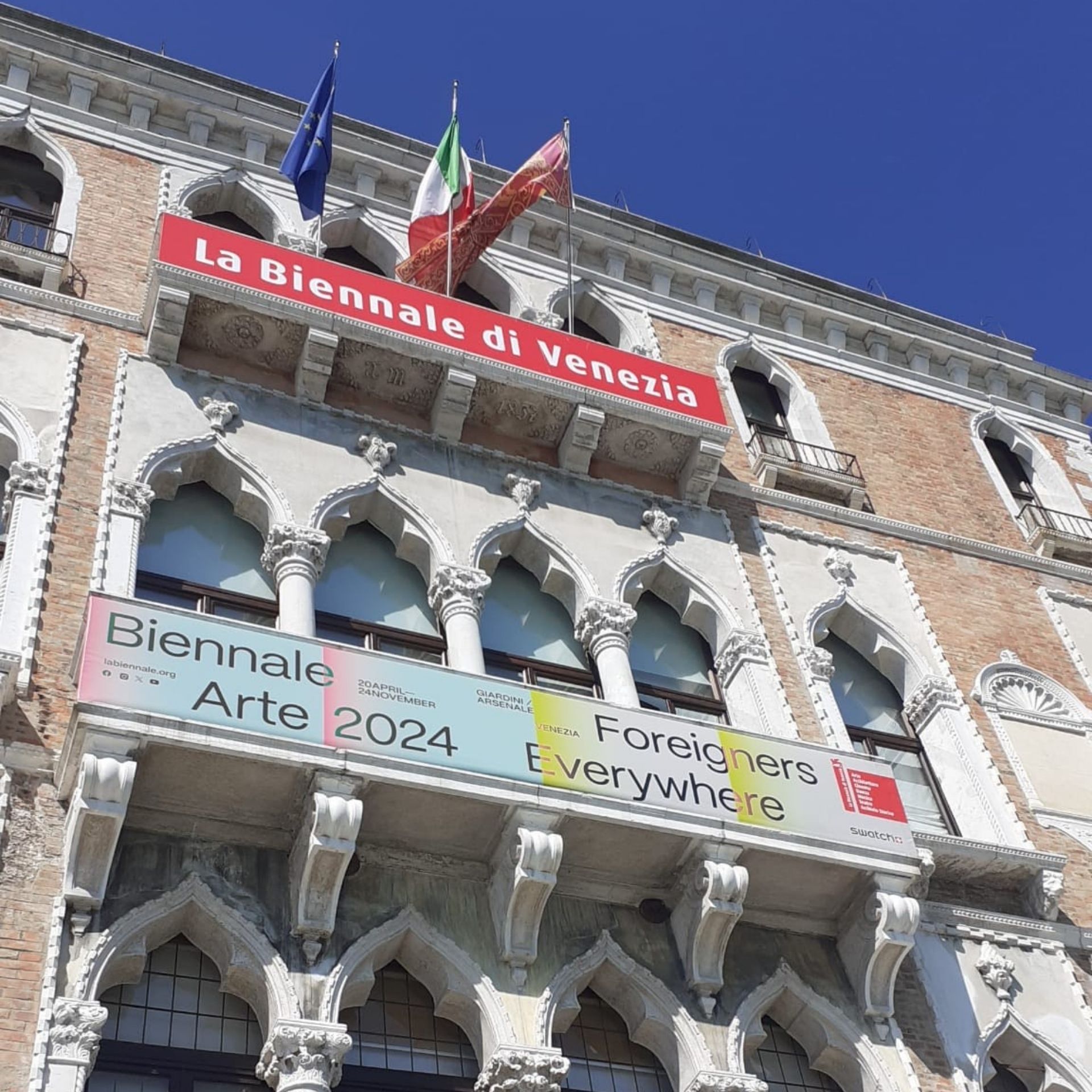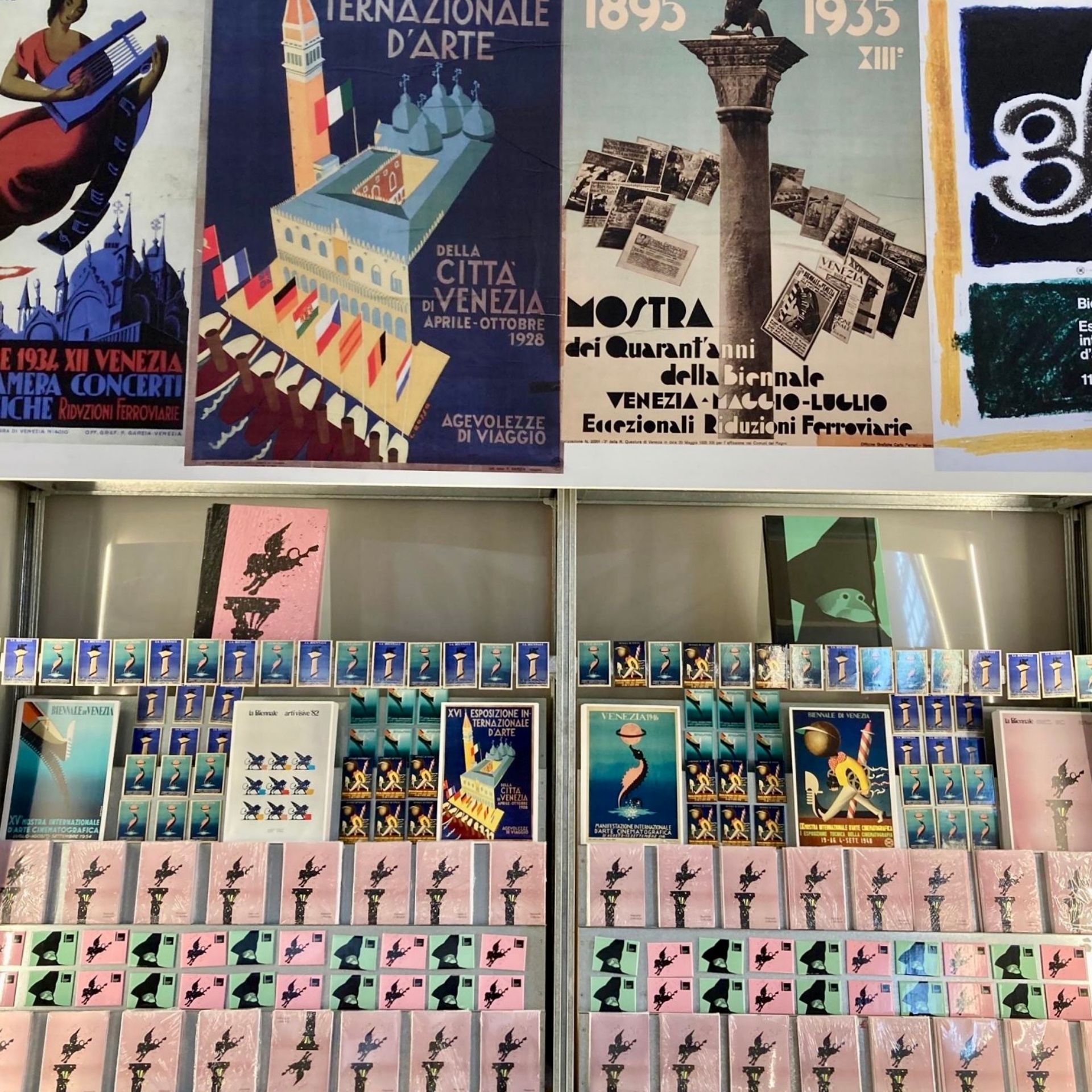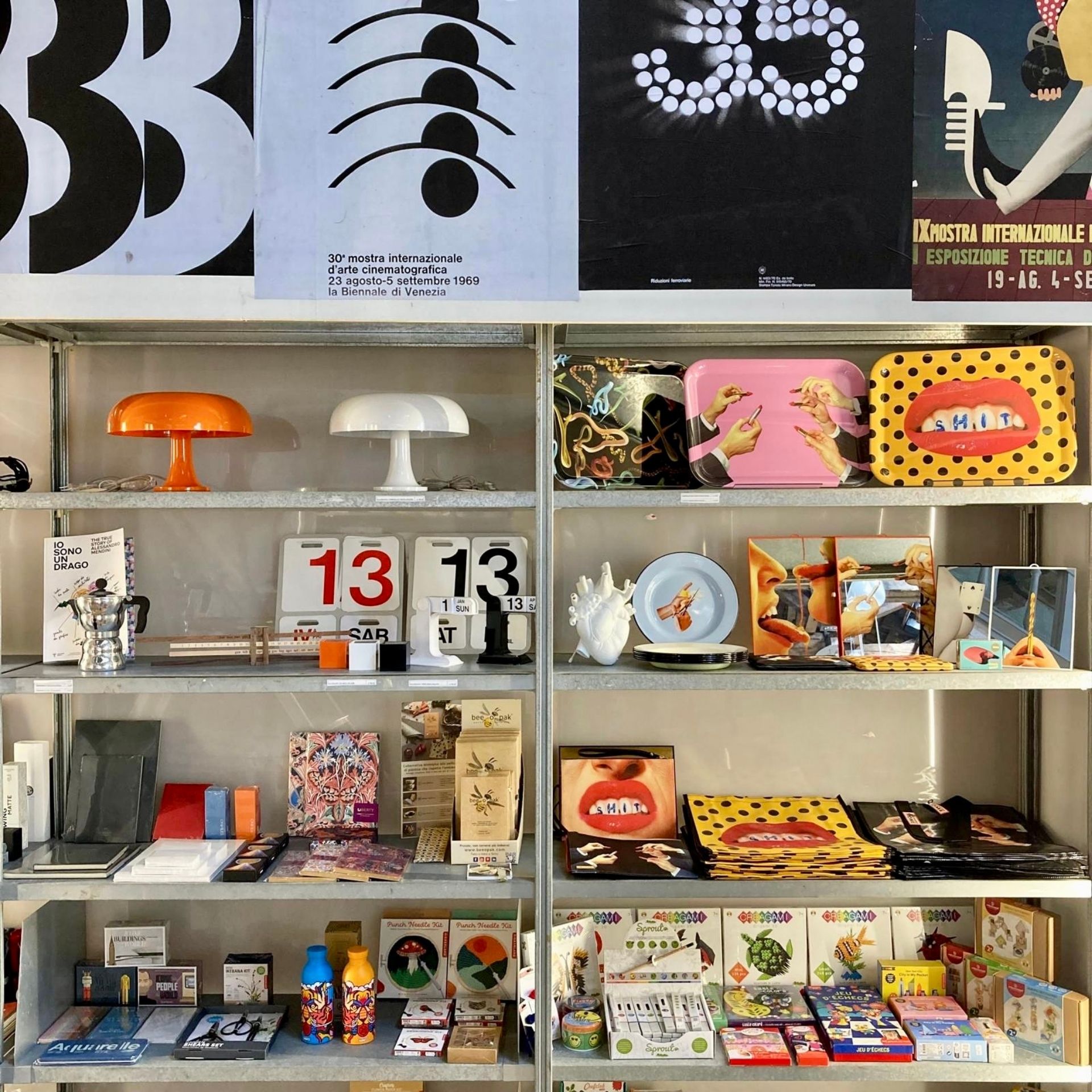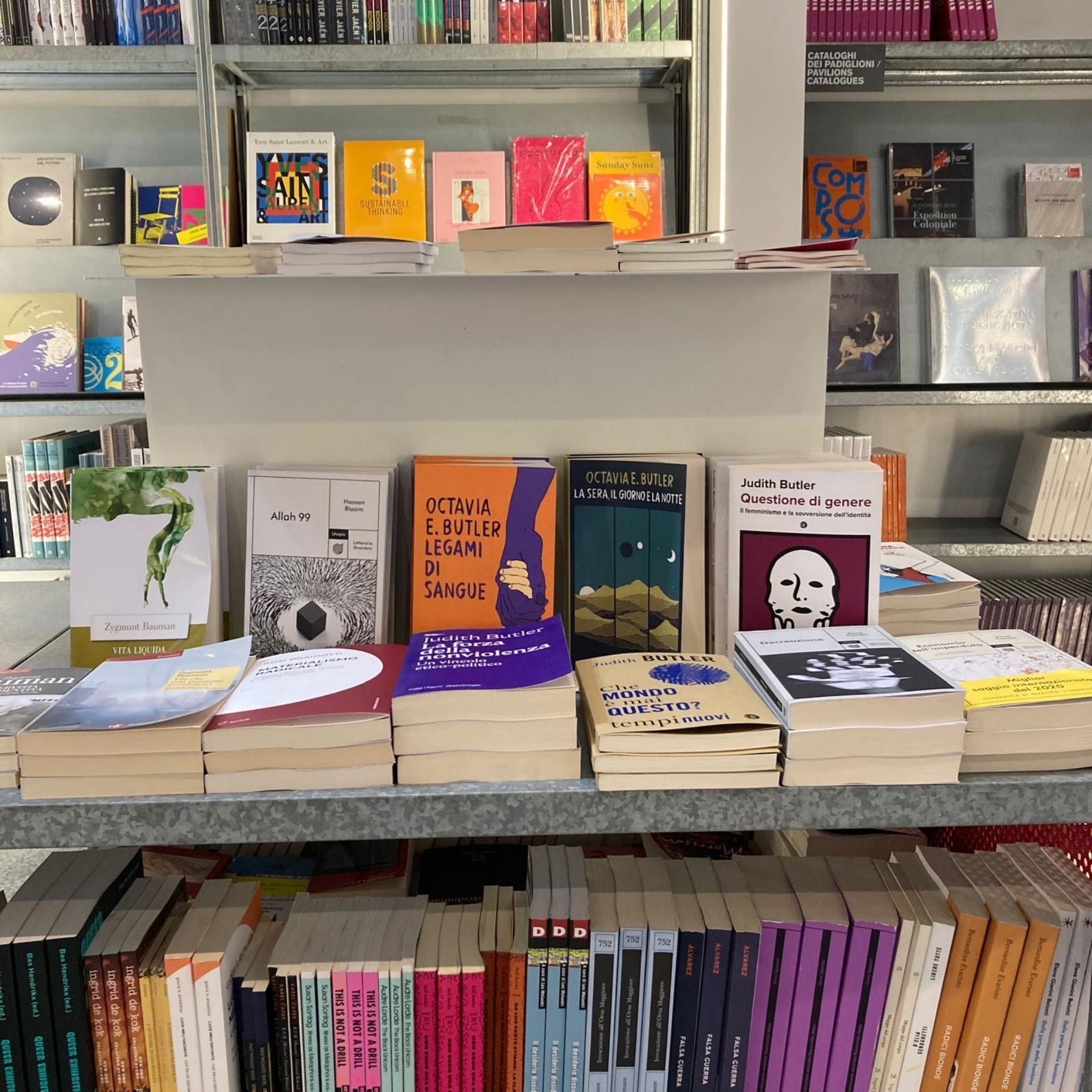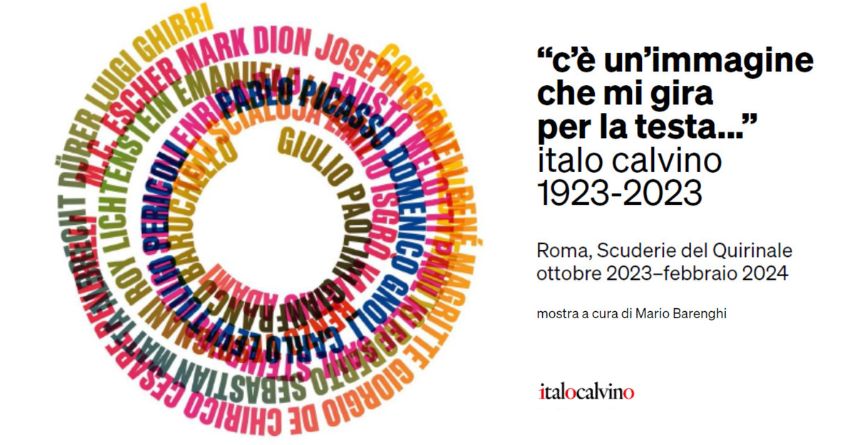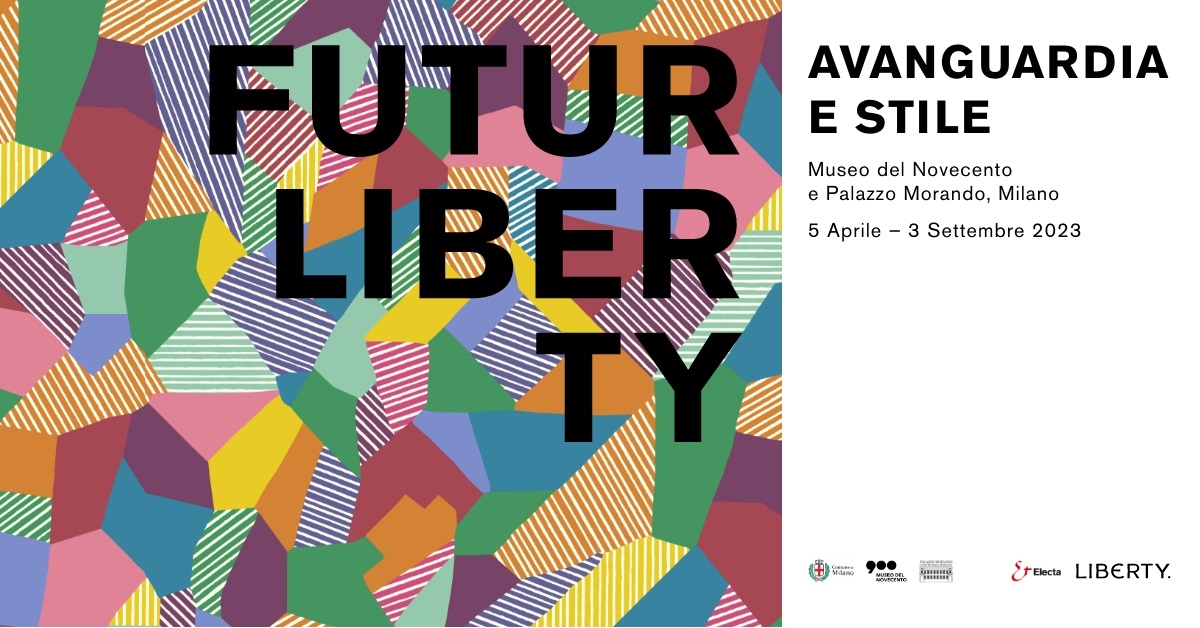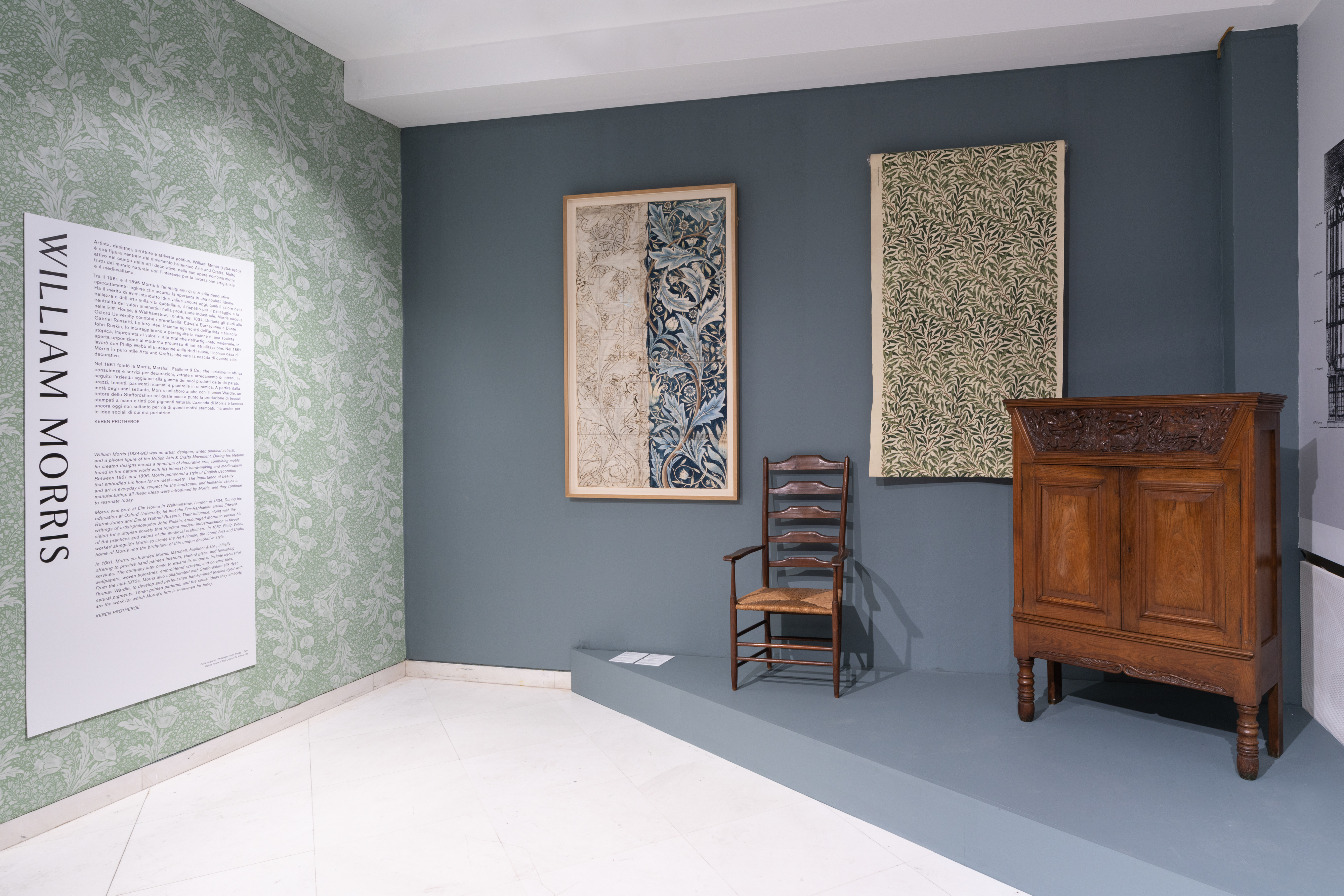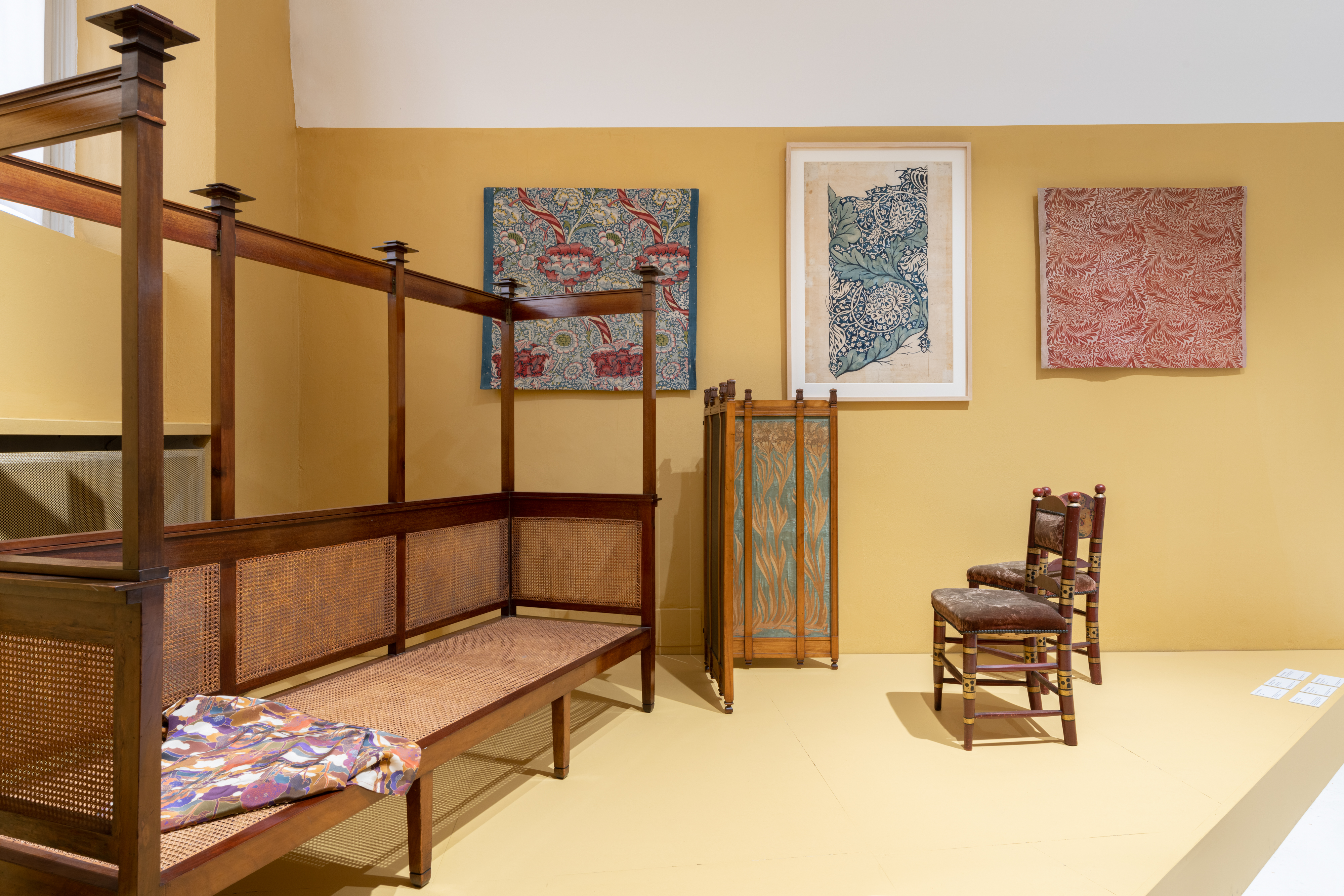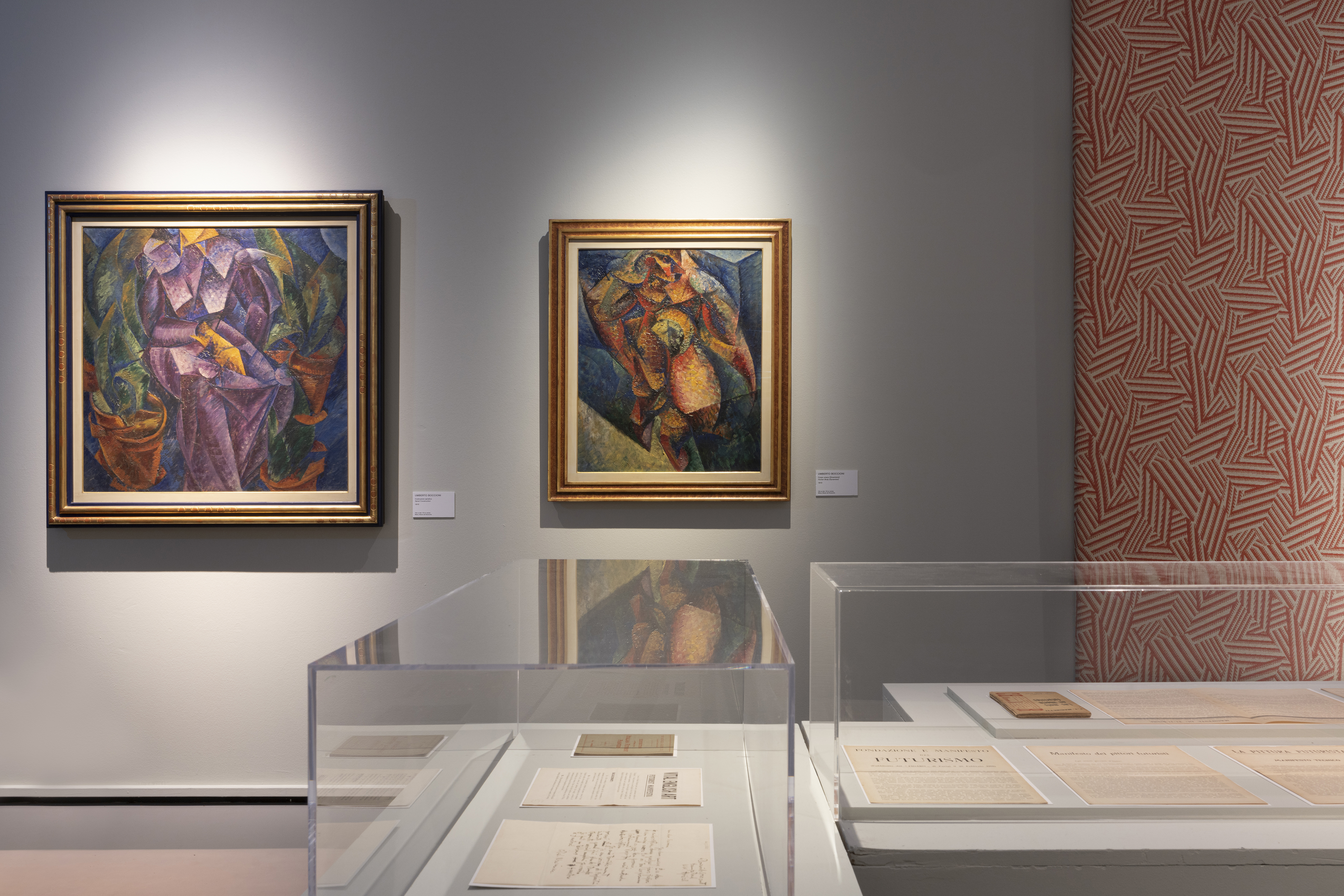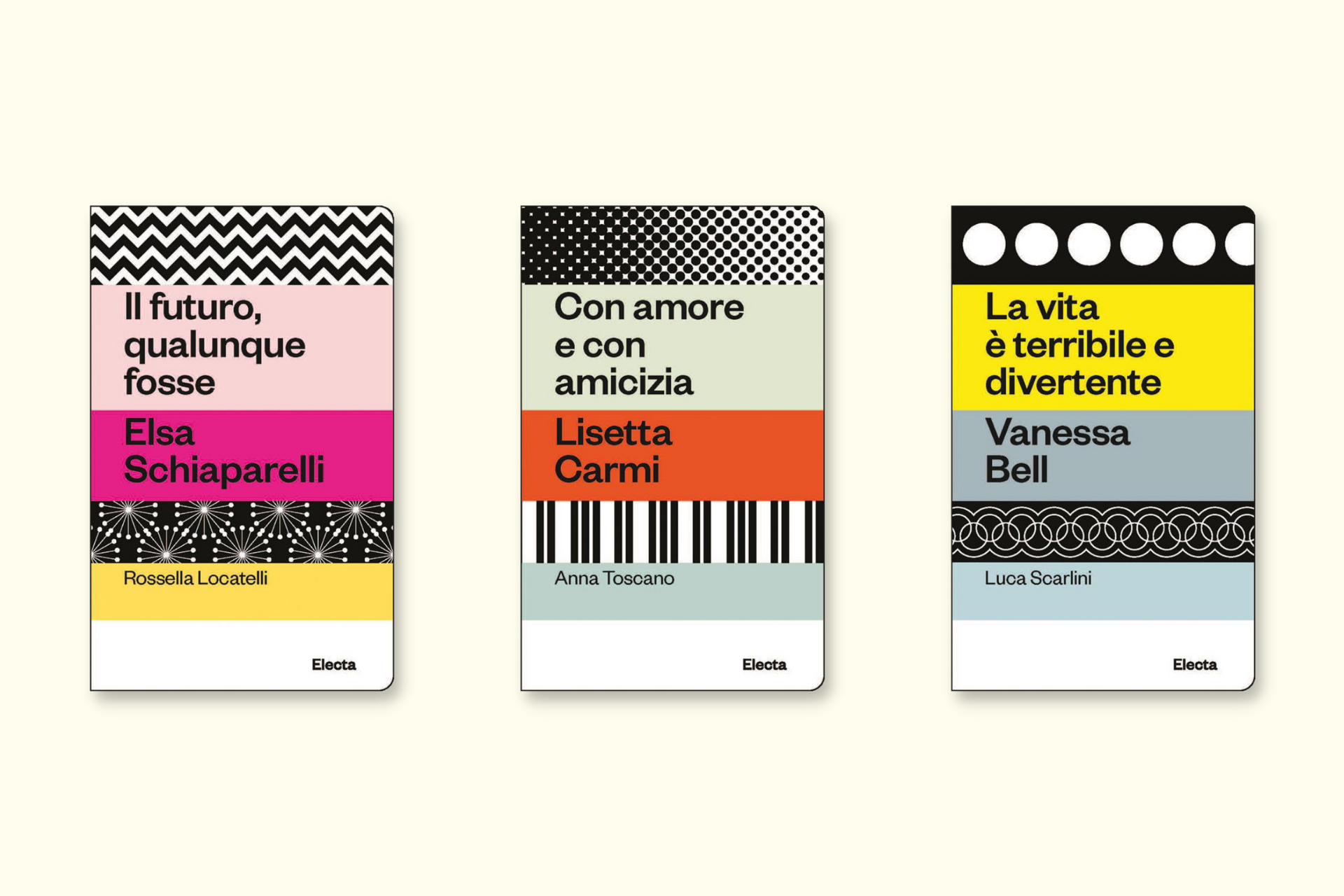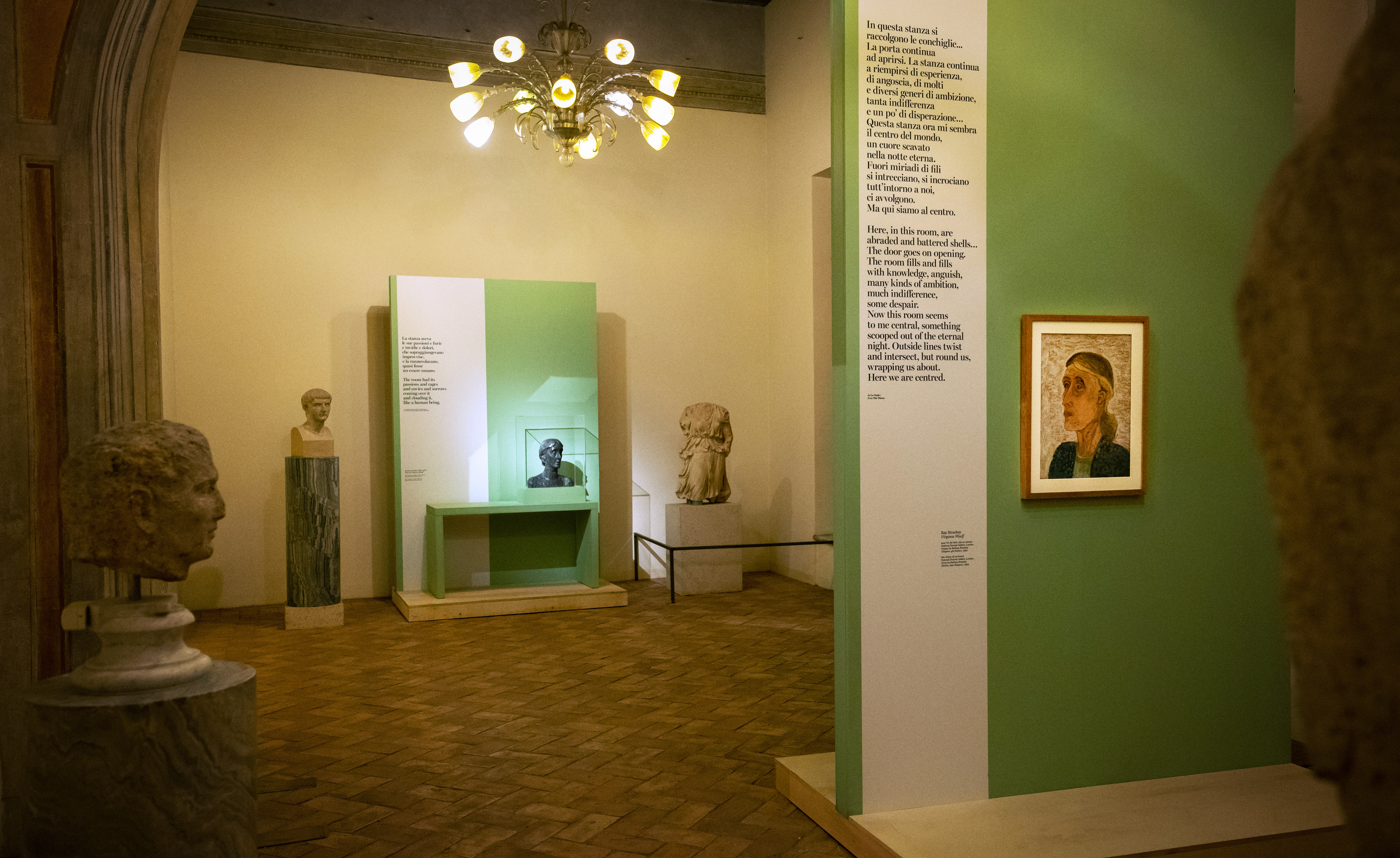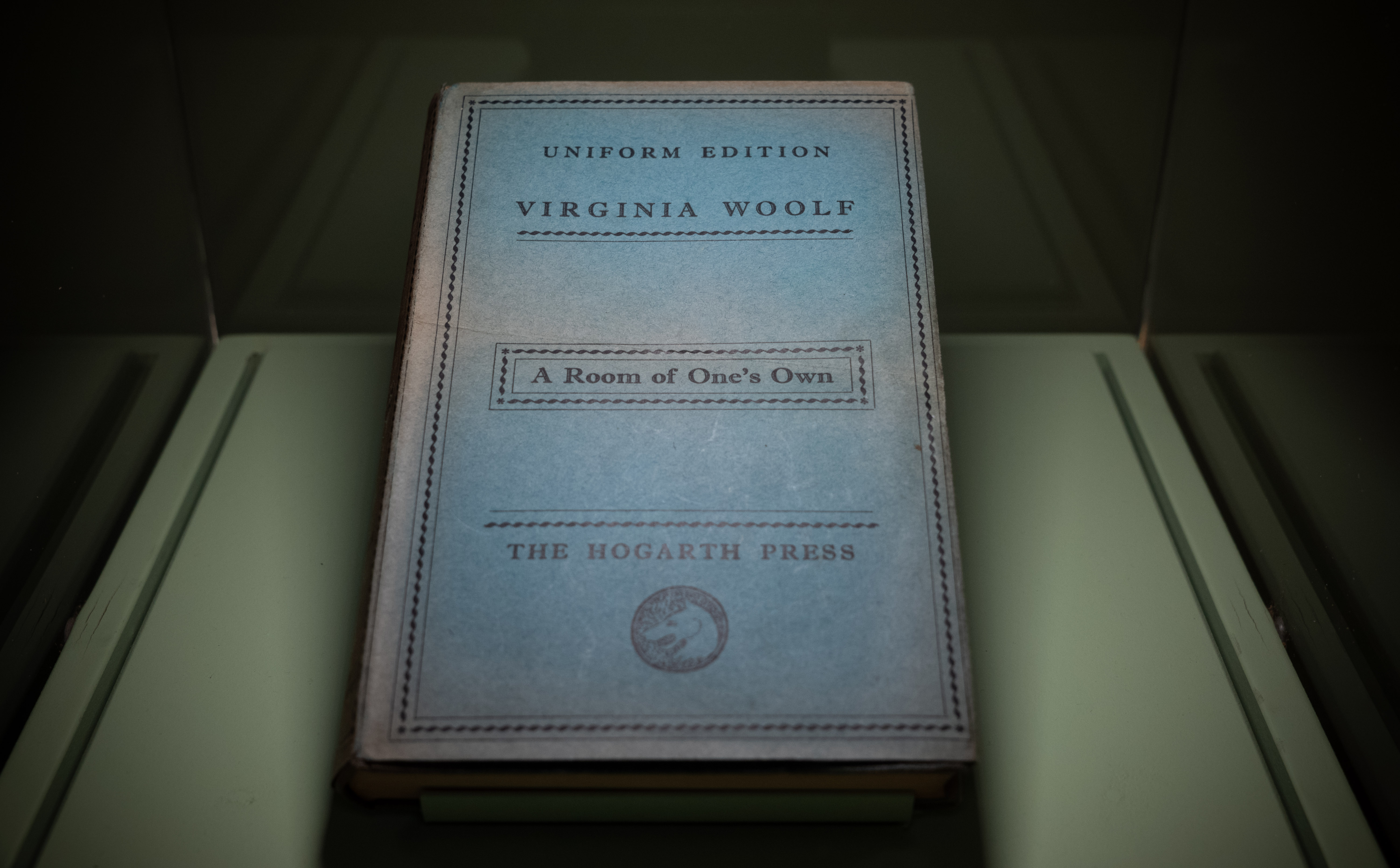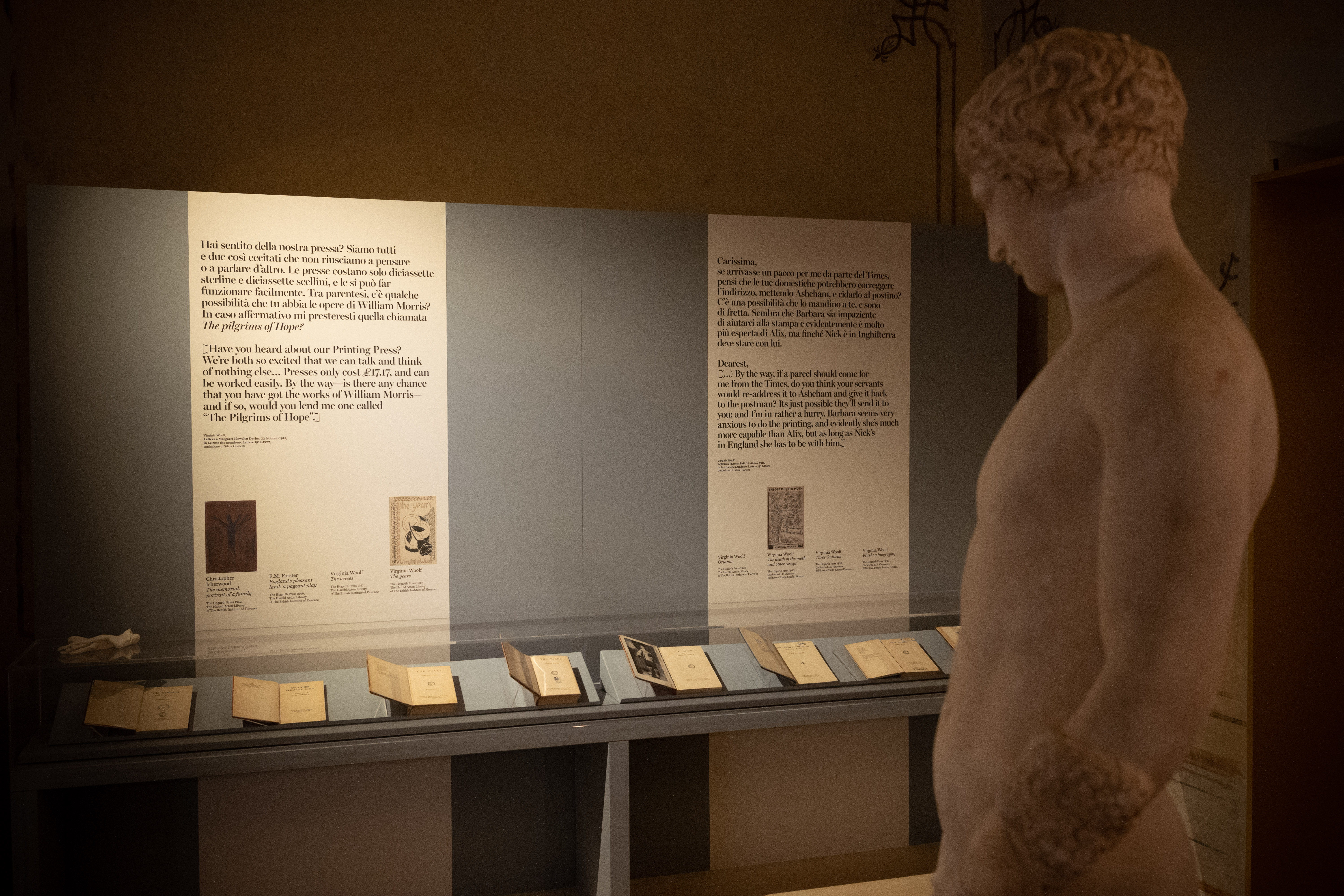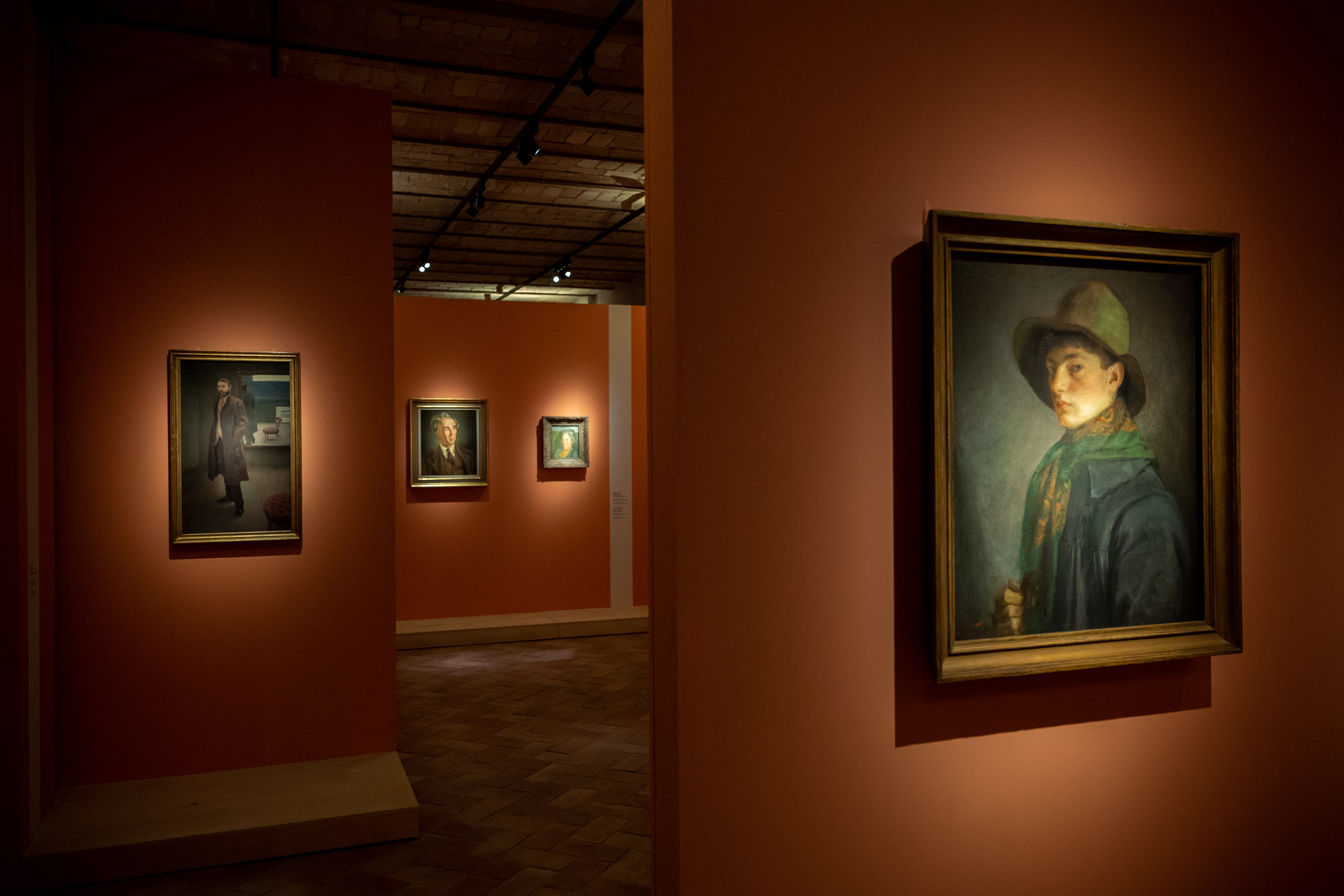Fondamenta, a foundation for art and cultural education, was created by Electa Editore on the anniversary of its 80th birthday.
Fondamenta is rooted in Electa’s wealth of experience in projects for publishing, heritage enhancement and creating and organising exhibitions and cultural events.
The name Fondamenta was inspired by the exhibition of the same name that writer Daniele Del Giudice
launched and curated between 1999 and 2003 in Venice, involving some of the world’s leading authors and artists. Fondamenta was the template for many festivals to come: it was the first to promote reading and the powerful discussion on current affairs that it generates; it was the first to bring the public into contact with intellectuals from various backgrounds and disciplines; it was the first to bring such a high level of cultural debate and performance events to the streets.
Fondamenta would like to be a “working framework”, and to work with others. Ours is a very open, very multifaceted idea of art and literature. We cannot take a step forward without taking a step back; we cannot understand the new if we do not see how much of the continuum, of the old, of the past, there is in the new.
These were Del Giudice’s words when he presented the project at the time, which not only still resonate evocatively and powerfully today, but even seem to trace the path to re-embracing the civil value of debating ideas and the arts to try to envision forms of communal happiness.
The intention is for the new Foundation to be animated and driven by the same spirit. To create open and vital opportunities for cultural sharing, celebrating the most virtuous and successful links between high and popular culture, to return to the principles of peaceful coexistence, inclusiveness and creativity that inspired the best of, again to quote Del Giudice, our “western atlas”.
GOALS
“Fondamenta is the culmination of a cultural adventure that has united a group of people who have visited, thought and worked at Electa over the years. From this resounding accord came the idea that formed the vision and helped make the leap. Fondamenta will implement educational and cultural projects for institutions and communities; at the same time it will be a place for experimental and broad thinking to synthesise our cultural heritage, the conflicts and rifts of the present, and the visions of the future”, explained Carlotta Branzanti, Director of the Fondamenta Foundation.
FONDAMENTA WAS CREATED TO:
- Reflect on contemporary visual culture: bringing the history of art and images back to the centre of interpretation of contemporary events and topical and urgent debates;
- Reconnect the arts to “read” our world: rediscovering the sparkling canvas that unites art, history, literature, poetry, music, theatre, cinema, to “really see” reality and promote an interconnected model of reading and multimedia knowledge;
- Create new ways of “reading” the Italian regions and landscape: enlightened and guided by the fundamental experience of Luigi Ghirri’s “Journey in Italy”, who sensed and shared with his “electiv” group the urgent need to transform the view of the Italian landscape through photography and literature, we would like to propose, through discussions with local communities and large centres, respectful and measured models of knowledge and visits to the regions, which are not just “nostalgic” visions and that can embody emerging values;
- Educate people in the arts and their heritage by original and incisive means of expression, matching methods, languages and principles primarily to the desires and demands that young people express;
- Experiment and innovate with the help of quality partners to envision, research and realise new forms of cultural communication on the narrative of the present and the future, and on the much-debated relationship between art, representation and multimedia.
WHAT THE FOUNDATION WILL DO:
- it will organise cultural events and festivals for institutions and local authorities together with quality partners;
- it will support public and private cultural institutions in cultural enhancement and co-design, including through participation in calls for tenders addressed to non-profit organisations and through public-private partnerships;
- it will develop new products and forms of storytelling, including digital, for culture;
- it will design ‘cultural participation’ activities in towns and small centres that reinvent the narratives of small and large stories using the expressions and languages of the arts in the regions.
Fondamenta will also be a place for thought and design, for creating new forms of cultural communication, as well as for experimenting and hybridising disciplines that make up the world of the ‘arts’, which, if they do not mix and interact with the major themes of modern times, risk losing touch with communities and young people.
The launch of the website will be accompanied by the zeroth issue of FM, Fondamenta Magazine, which, like a radio tuned to the conversation between original voices in the Italian cultural landscape, will amplify the debate behind the ‘laboratory’ of Fondamenta projects.
In the first episode, there will be original contributions by Chiara Alessi, Gabriele Pedullà, Vanessa Roghi, Silvia Bencivelli and Giulia Cavaliere focused on certain ‘frequencies’ – key to laying the foundations for future projects.
WHO WE ARE
The chairship is entrusted to Rosanna Cappelli, Managing Director of Electa Editore. The Foundation will be directed by Carlotta Branzanti.
In addition to the Chair, the Board of Directors will be comprised of Annapaola Negri-Clementi, Ernesto Franco, Guido Guerzoni and Enrico Selva.
Collaborating in the development of Fondamenta’s projects are professionals and companies that have gained in-depth design skills, experience and relationships in museum, publishing, educational, communication and cultural promotion settings and come from different disciplines – from visual arts to literature, from architecture to graphic design, from art history and criticism to economics, journalism and digital communication.
